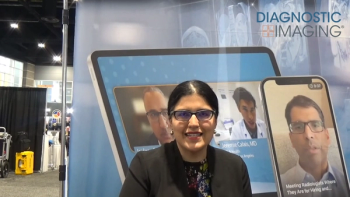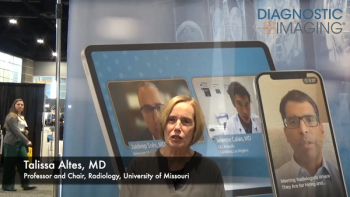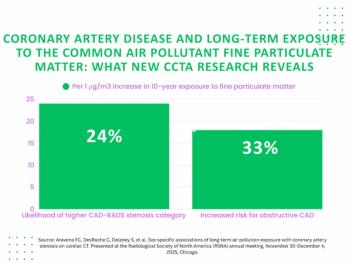
AI and Natural Language Processing Helps Assess Breast Cancer Risk
Using artificial intelligence to review mammographic findings may increase efficiency in assessing breast cancer risk.
Natural language processing (NLP) software algorithms for mammographic imaging characteristics and mammogram reports provide an automated means to aid in data extraction and analysis for clinical decision support, according to a study published in
Using the enterprise-wide data warehouse at the Houston Methodist Hospital, the Methodist Environment for Translational Enhancement and Outcomes Research (METEOR), for patients with Breast Imaging Reporting and Data System (BI-RADS) category 5 mammogram readings, researchers developed NLP software algorithms to automatically extract mammographic and pathologic findings from free text mammogram and pathology reports. The patients had undergone breast biopsy within three months of the date of their abnormal mammogram, between January 2006 and May 2015.
A total of 543 patients who met the inclusion criteria were identified using the NLP algorithm to obtain key characteristics. The results showed that patients with estrogen receptor-positive tumors were more likely to have spiculated margins, and those with tumors that overexpressed human epidermal growth factor receptor 2 (HER2) were more likely to have heterogeneous and pleomorphic calcifications.[[{"type":"media","view_mode":"media_crop","fid":"51831","attributes":{"alt":"Stephen T. Wong, PhD, PE","class":"media-image media-image-right","id":"media_crop_2774717792584","media_crop_h":"0","media_crop_image_style":"-1","media_crop_instance":"6412","media_crop_rotate":"0","media_crop_scale_h":"0","media_crop_scale_w":"0","media_crop_w":"0","media_crop_x":"0","media_crop_y":"0","style":"height: 193px; width: 170px; border-width: 0px; border-style: solid; margin: 1px; float: right;","title":"Stephen T. Wong, PhD, PE","typeof":"foaf:Image"}}]]
"This software intelligently reviews millions of records in a short amount of time, enabling us to determine breast cancer risk more efficiently using a patient's mammogram. This has the potential to decrease unnecessary biopsies," lead author Stephen T. Wong, PhD, PE, chair of the Department of Systems Medicine and Bioengineering at Houston Methodist Research Institute, said in a release.
According to the authors, manual review of 50 charts took two clinicians 50 to 70 hours, while artificial intelligence (AI) reviewed 500 charts in a few hours, saving over 500 physician hours. "Accurate review of this many charts would be practically impossible without AI," Wong said.
Newsletter
Stay at the forefront of radiology with the Diagnostic Imaging newsletter, delivering the latest news, clinical insights, and imaging advancements for today’s radiologists.




























